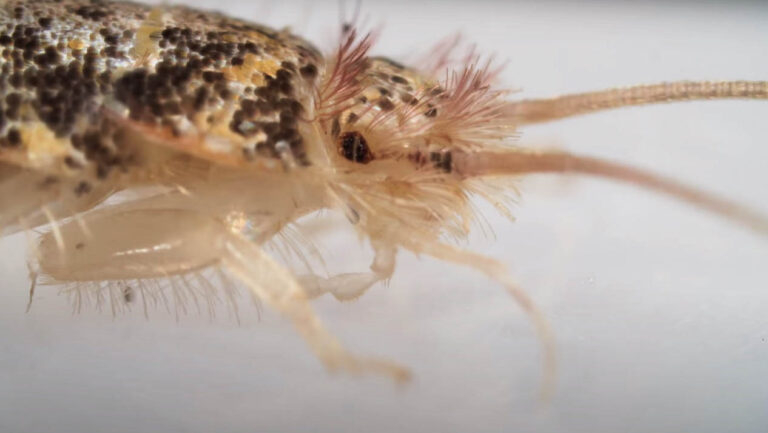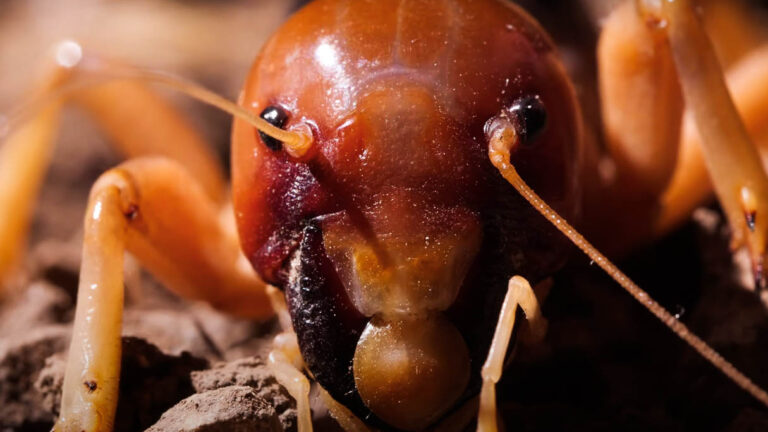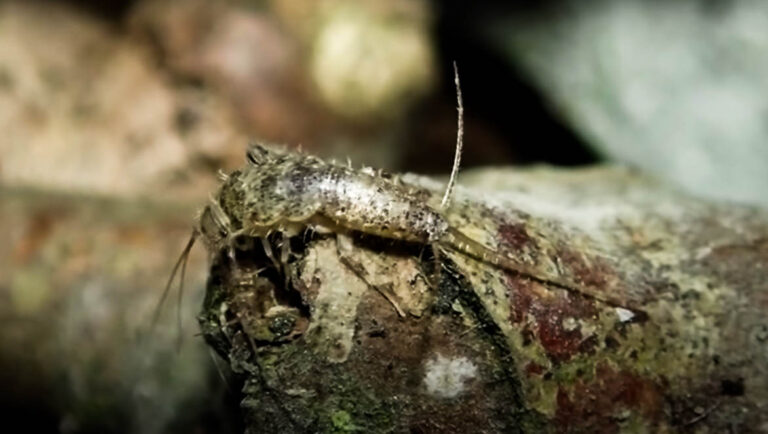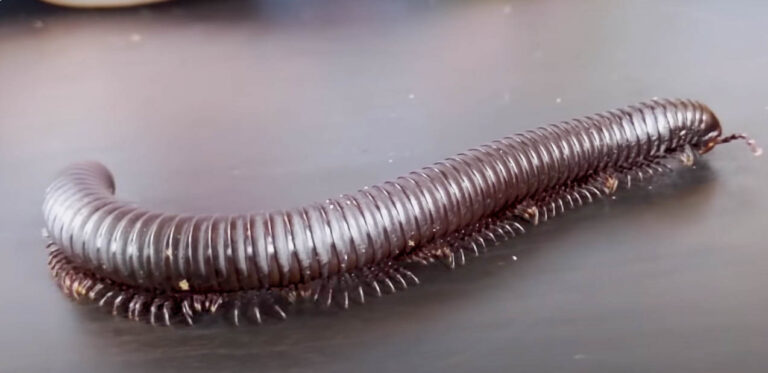About Monarch Butterflies
About Monarch Butterflies
Known for their beautiful colors and their amazing migration patterns, monarch butterflies are one of the most captivating species in the wide world of insects. Butterflies have been found to be in declining populations over the years and have been the focus of many conservation efforts aimed at protecting and growing their population. Continue reading this article for a more in-depth look at monarch butterflies and how you can safely remove them if they are in your home.
Appearance
With a wingspan of about four inches of color, it is impossible to not spot a monarch butterfly. They have really vibrant orange upper wings that have black lines and white dots around it. On the underside of each upper wing, they have a more subtle orange color to help the butterfly blend in better in natural environments.
While these are beautiful insects, they had to start from a more humble place. When they are in their caterpillar form, they come with a dizzying color scheme on their bodies. They possess yellow, black, and white rings all around their body that have a wide variety of patterns and thicknesses of each band.

In addition to this, monarch caterpillars have two long antennae that stick out of their head, making them very easy to identify quickly.
Behavior
The most interesting behavioral characteristic of the monarch butterfly is their mass migration that occurs every year. The mating season for butterflies is the summer and then the following spring before they migrate back from where they spent their winter. The female butterfly will lay her eggs on milkweed plants, providing an optimal place of growth for their young.
Once the caterpillars hatch, they eat the milkweed plants and eventually begin shedding their skin until they form a chrysalis and complete their transformation into a monarch butterfly. It is an amazing, yet startling fact that most butterflies only live 5 weeks. Each butterfly has the potential to fly thousands of miles in its short life. During this short life, monarch butterflies feed on plant nectar.
Habitat
Monarch butterflies live in a large range of the Americas. Stretching from North America down to South America, butterflies make massive journeys throughout many habitats. The main reason they make this journey is to overwinter in more mild weather conditions that can be found in Central and South America. They prefer to overwinter in trees in the forest and they often overwinter in dense populations. When it comes to suitable habitats for reproduction, monarch butterflies rely on one simple factor. They need to find areas where milkweed plants are present, as this is where young caterpillars can start their lives. Milkweed plants can be found in many places in the United States, Mexico, and throughout the Americas. Caterpillars prefer habitats of grassland, roadside ditches, and marshes.
Damage They Cause
Monarch butterflies cause no damage to your home or your property, as they do not feed on anything other than plant nectar. In addition to this, monarch caterpillars feed solely on milkweed plants, so there will be no damage to your crops, vegetables, or flowers.
Monarchs also pose no threat to humans or pets, though they do contain a poisonous substance. This poison could potentially kill a human if they consumed it in a large amount, however not in small quantities of even a few butterflies.

Infestation Signs
The only real way you would ever potentially see a monarch infestation is if you lived in an area where the insects are overwintering. If one or two somehow got into your home or garage, you would definitely see the butterfly before you found any other evidence of them being there. While an infestation is incredibly rare with a monarch, nature is highly unpredictable.
How to Get Rid of Them
Since monarch butterflies have a declining population, it is important to not harm them if you do not have to. If one or two get into your home, the best thing you can do is to simply open a window or a door and direct them to it, releasing them harmlessly back into the wild. If you do have a potential infestation, you can always call a pest control specialist who will help you relocate the butterflies safely and humanely.







































